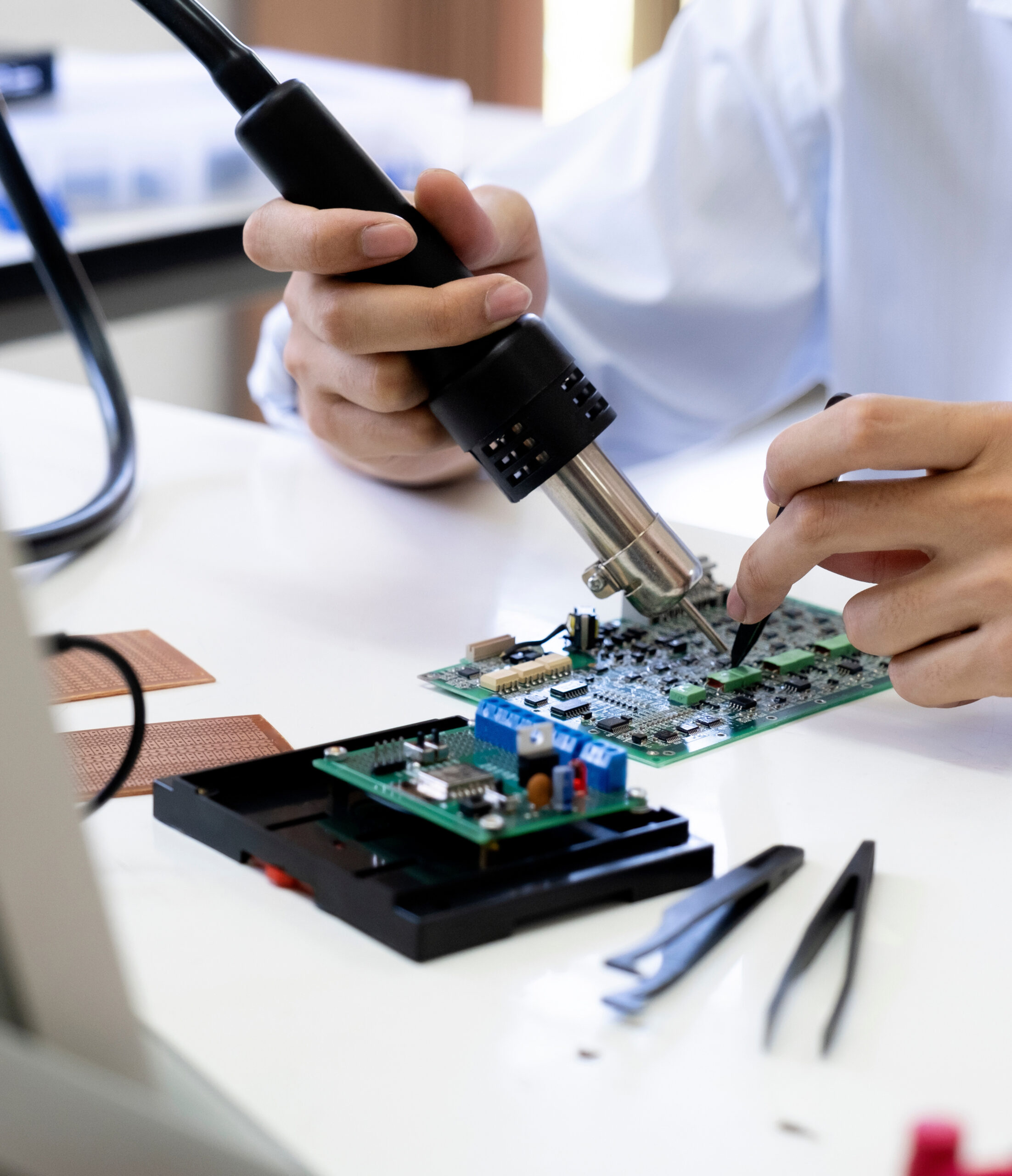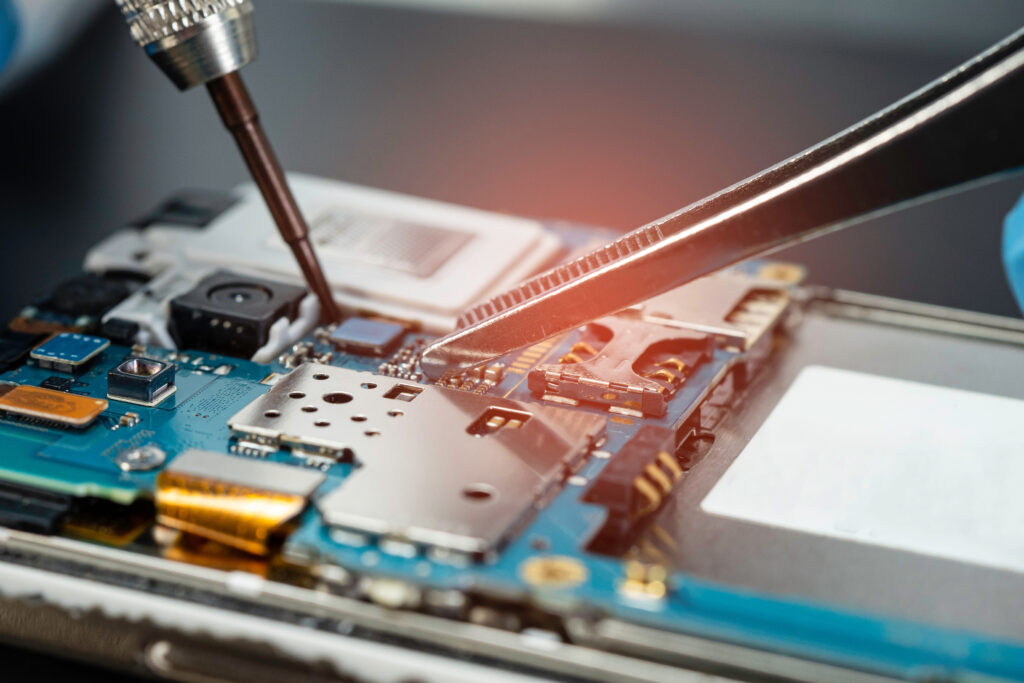In the U.S, the FDA regulates the sale of medical device products. To gain the FDA’s approval to sell a medical device, businesses must first present evidence of the products safety and effectiveness for its intended use. These regulatory approvals are just a piece of the product launch process but can be hard to manage. There are many steps and moving parts to this process. At Nortech we understand how overwhelming it can be for startups and new product launchers to get started. Nortech does not provide consultation on regulatory approvals, and we strongly recommend our clients partner with a consultant who is experienced in managing the regulatory approval process.
The Steps to Take
In general, there are six steps to ensure a successful pre-clinical inspection. Learn more from the FDA’s resources for regulatory assistance.
Step 1: Classify Your Device
The classification of the device will determine the regulatory control during and after the marketing process. In the U.S, the FDA has established three regulatory classes to classify your medical device.
1. Class I devices present minimal potential for harm to users and are often simpler in design. Devices and Items considered Class I include items such as enema kits, elastic bandages, surgical gauze and more.
2. Devices categorized as Class II are of moderate risk and are described as insufficient to provide reasonable assurances of the safety and effectiveness of the device. Things such as catheters, syringes, and blood transfusion devices are categorized as Class II devices.
a. Class I and II devices are subject to less rigorous regulatory processes and their approvals are focused on registration, manufacturing, and labeling and do not require pre-clinical or clinical data.
3. The last class of devices include implantable peacemakers and other devices, these are the Class III devices. These devices are life sustaining and substantial in preventing deterioration of human health.

Step 2: Select the Pathway
In the US, there are generally four pathways to take when considering device approval:
1. Pre-Market Approval
2. Pre-Marketing Notification
3. Humanitarian Device Exemption (HDE)
4. Emergency Use Authorization
Premarket Approval is a scientific regulatory documentation to FDA to demonstrate the safety and effectiveness of a Class III device. The approval is not usually needed for a Class I or II device. In a PMA, a device must have sufficient scientific evidence establishing its safety and efficiency. If the FDA determines the device has an acceptable predicate (a device which is similar and legally marketed), a PMA application is not needed and PMN can proceed. However, pre-marketing notification (also known as the 510(K) application) is a premarket submission made to the FDA to demonstrate a device is as safe and effective to one or more similar legally marketed devices.
Humanitarian Device Exemption: The HDE requires demonstration of a devices-relative safety, but not device efficacy. HDE is exempt from the effectiveness requirements of sections 514 and 515 of the FD&C Act and is subject to certain profit and use restrictions. Humanitarian Use Devices are devices intended to benefit patients by treating or diagnosing a disease or condition manifested in fewer than 8,000 individuals.
Emergency Use Authorization: Pressing matters may arise to use an investigational device in a manner inconsistent with the approved investigational plan or by a physician who is not part of the clinical study. Emergency use of an unapproved device may occur before an IDE is approved. The sponsor must notify the FDA of the emergency use within 5 days through a submission of an IDE Report describing the details of the case and the patient protection measure as followed.
Criteria:
- Life threatening or serious disease or condition.
- No alternative.
- No time to obtain FDA approval.

Step 3: Clinical Trials
If the device requires a full PMA (Class II or III devices), clinical trials will be required, and the investigator should prepare an IDE application. The PMA can proceed after obtaining sufficient clinical evidence. Not all medical devices will require clinical trials before they may be approved for market release in the US. Clinical research is broken into a series of “phases” beginning with pilot studies, then safety testing, then efficacy testing, then clinical efficacy.
Step 4: Prepare the Application
The applicant must supply information about device indications and function, basic scientific concepts, summary of all adverse safety and efficacy information, procedures to control risks, alternative procedures and treatments to the device, summary of pre-clinical and (in the case of PMA, HDE, and some 501[k]) clinical trial data, and a bibliography of references. As part of this, you will need FDA verification and validation of your device.
FDA Verification
FDA verification is important for making sure the requirements you set are fulfilled.
You should be prepared to answer these questions:
A. Are you designing the device correctly?
• Requirements are implemented.
• Requirements are verified.
• Requirement standards are met.
B. Are you designing the right device?
• Device is effective for intended users.
• Stakeholders within your company
• Regulatory stakeholders.
Step 5: Submitting to the FDA
The FDA will assign a lead reviewer and notify the applicant of acceptance for a complete review.
Step 6: Register and list device
Once the FDA has approved the device application, the sponsor must register the business that will produce and distribute the device within the United States and “list” their device.

Nortech’s Top Tips to Manage The Regulatory Approval Process
1. Seek Guidance Early and Consult Experts
Submitting documents to the FDA for approval can be a complex and time-consuming process, with even experienced sponsors omitting necessary steps or overlooking action items. To ensure successful completion of this critical task, seek advice from professionals who have been through it before – consultants, industry veterans and experts will know exactly what is required in each step of the journey toward product approval. Connecting with these knowledgeable people upfront can save any business valuable resources while also setting them up on their path towards success.
2. Find Great Manufacturers to Work With
Work with a manufacturer dedicated to quality management and manufacturing. At Nortech, we have a flexible and robust quality system to help us spot obsolete components in products, as well as other software and tools with a variety of capabilities to complete link and trace and different analysis. We have a variety of testing equipment, as well as design capabilities we use to further prepare our client devices for their regulatory approval process. Read more about how to evaluate a manufacturer’s quality system here.
It can be challenging to put all the pieces together to gain approval for a new device. Our team at Nortech is ready to provide design, engineering, and manufacturing support to you in this journey. Contact us for more information.

